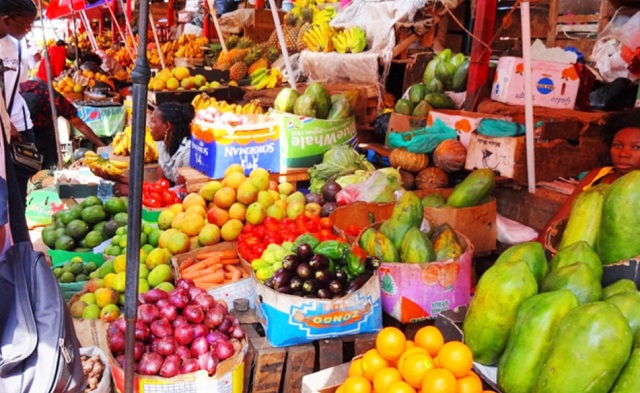
Rome, Italy | Xinhua | Governments need to make their agrifood systems more connected, diversified, and resilient to sudden shocks, the UN Food and Agriculture Organization (FAO) stressed in a major report on Tuesday.
Unveiled at a virtual conference at the FAO headquarters in Rome, “The State of Food and Agriculture 2021” (SOFA) report says that about 3 billion people cannot afford a healthy diet.
A further 1 billion people would be in the same situation if a sudden shock reduced their income by one-third, the FAO estimates.
Furthermore, if critical transport links were disrupted, the cost of food would increase for up to 845 million people.
“Since well before the COVID-19 pandemic, several major drivers have put the world off track to ending world hunger and malnutrition in all its forms by 2030,” the FAO report stresses in its introduction.
This goal has now become even more challenging due to the pandemic and related restrictions, which have created severe difficulties for food systems.
Agrifood systems — meaning the entire chain of production, storage, transport, distribution, and consumption — produce 11 billion tons of food every year, providing direct and indirect employment to billions of people.
However, the report underlines: “Food systems will not become a powerful force contributing to ending hunger and malnutrition in all its forms in the world, unless they are transformed with strengthened resilience to the major drivers identified … and are incentivized to provide affordable healthy diets sustainably and inclusively.”
The key drivers of food insecurity and malnutrition include conflict, extreme climate events, and economic downturns — with the pandemic being an added factor in 2020.
“The pandemic highlighted both the resilience and the weakness of our agrifood systems,” FAO Director-General Qu Dongyu told the virtual conference.
According to the report’s findings, while low-income countries are at the greatest risk of sudden shocks, middle-income countries also face the same threat.
Actions suggested by the FAO include urging governments to make resilience in their agrifood systems “a strategic part of their response to ongoing and future challenges.”
Diversifying input sources, production, markets and supply chains would be one of the key steps in this strategy.
Diversity in agrifood chains could also be improved by supporting small and medium sector firms, consortia, and clusters, the FAO suggests.
Meanwhile, another key factor is improving the connectivity of agrifood networks to better overcome possible disruption in transport channels.
*****
Xinhua
 The Independent Uganda: You get the Truth we Pay the Price
The Independent Uganda: You get the Truth we Pay the Price



